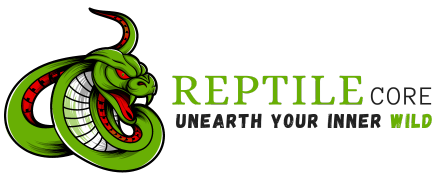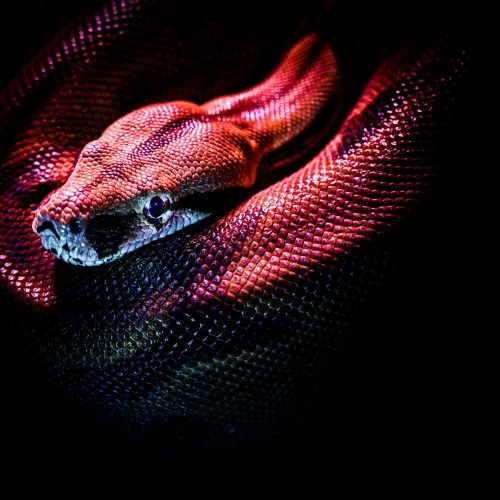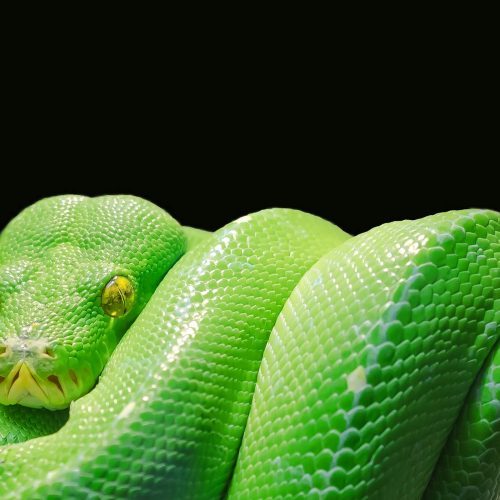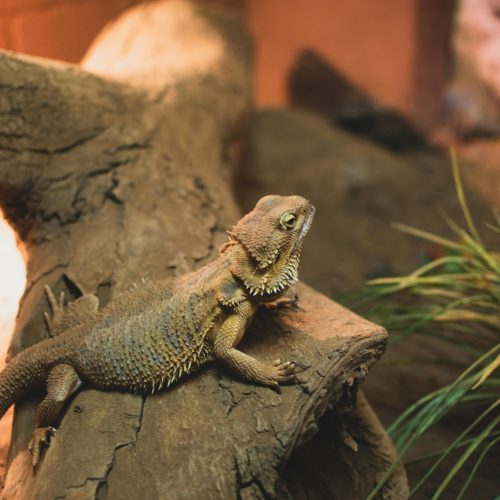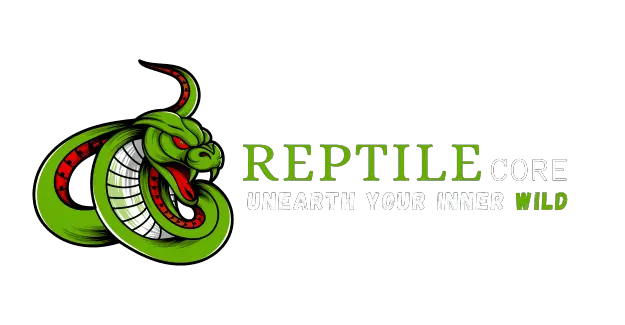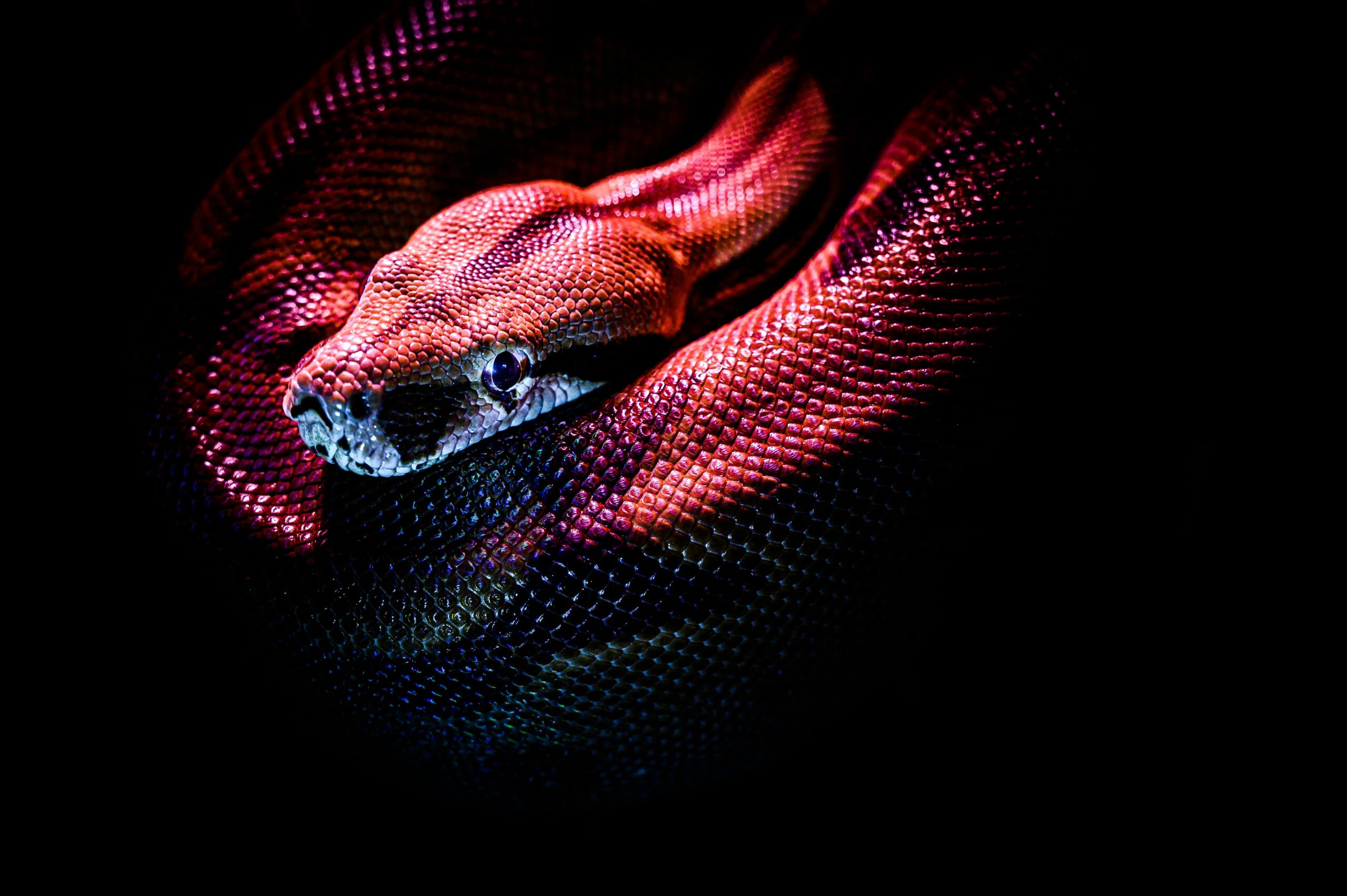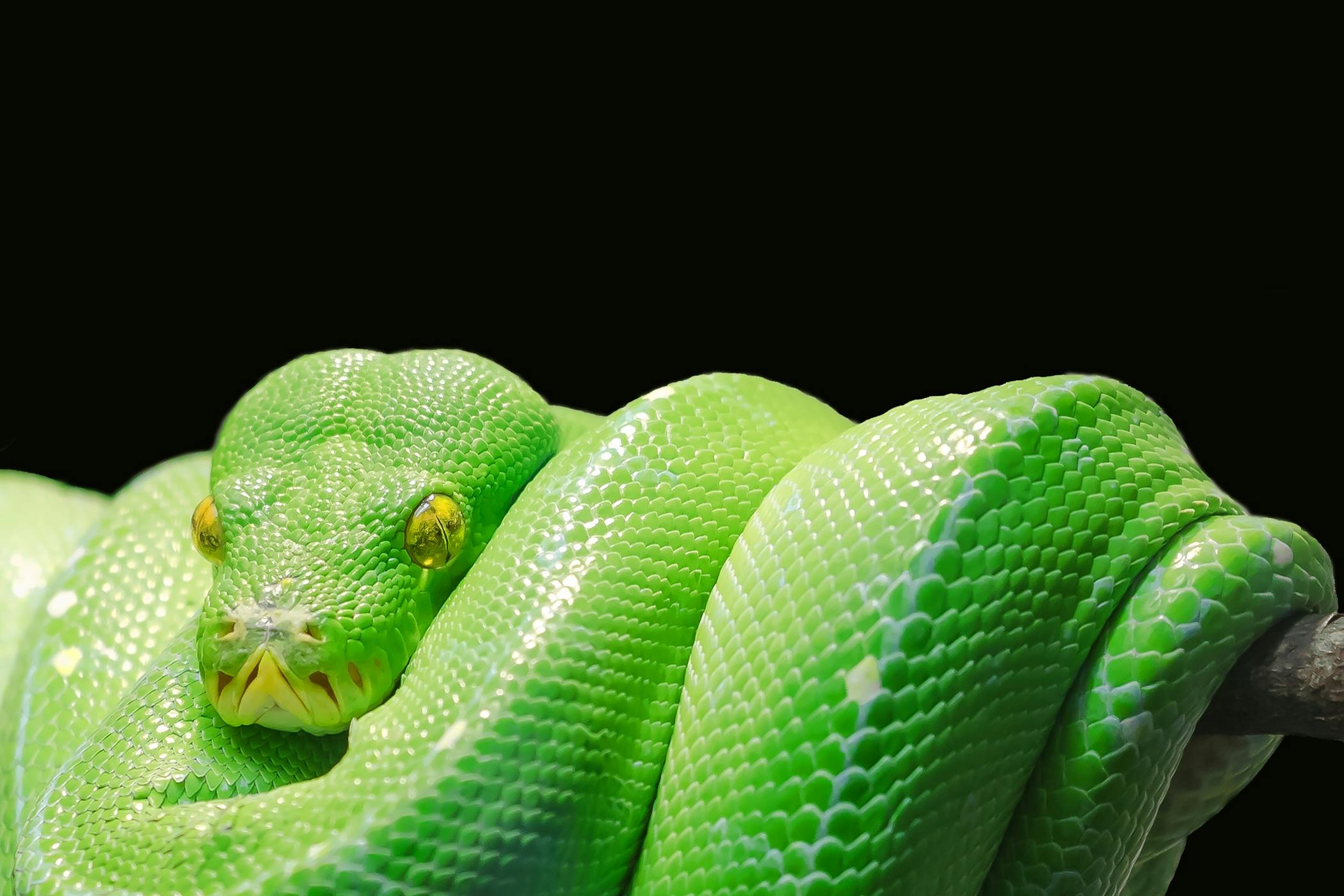The Yellow Ackie Monitor or the Spiny-tailed Monitor is one of the famous pet lizards among the reptile lovers. These excellent characters evolved from the hot and dry climate of Australia and they have a distinct yellow color preference and spiny tails. They are not very large since the averages size of this species is around 2 to 3 feet in length. Lizards have a quite an adventurous character; they are active and offer great fun when taken as pets. Because they are somewhat fragile and special attention should be paid to their feeding and living conditions, they remain one of the most favorite among reptiles lovers due to their look and cheerful disposition.
As any other pet, Yellow Ackie Monitors require appropriate care to be provided to them in order to maintain their good health. It is these lizards which have some special needs that should be provided appropriately to warrant their well being when in captivity. This implies meeting the requirements of the animals in their environment, feeding habits, body temperatures, and interactions and hence improving on the health of the animals. This stability provides them space and substrate and temperature gradients to act naturally and to feel secure. Further, a diet that includes a variety of mostly hunted and killed prey animals guarantees that they obtain proper nutrition for proper growth and healthy body. They also require special attention whereby they should be taken for vet check-ups regularly, be handled carefully and their enclosure also needs to be clean.
Habitat Requirements
The size and structure of their enclosure is another important factor which players need to consider and larger is much better when it comes to Yellow Ackie Monitors. These are active creatures which require substantial area in order to be able to move and interact with the surrounding. The minimum enclosure size of a single adult should ideally be 4 feet length and 2 feet width and 2 feet height. Ensuring that the environment is safe and that the animals have no chance of escaping also offering a substrate, which is a combination of soiling and sanding to enable them dig.
Different hiding places, branches and rocks give them areas to perch and bask making it interesting to observe them. There should be a temperature difference with the first one which is the basking area having the hottest temperature of 110 degrees Fahrenheit and the second one having 80 degrees Fahrenheit only. UVB lighting is also crucial to their general well-being as well as organisms’ overall health. A heat range differential and UVB lighting are important for our Yellow Ackie Monitors’ health. These reptiles are ectothermal in other words they depend on the environment for the purpose of thermoregulation.
Chances for yellow ackie monitors
It is therefore important to give our Yellow Ackie Monitors a good substrate to dig in, some caves and climbing structures to climb on. I was able to provide my tortoises with a proper substrate that include a mix between the sand and the soil so that they are able to exhibit normal behavior of digging and the likes. It aids in thermoregulation and to make explorations on their surroundings and toddler can also trip. Places of refuge like a cave or a hollow log provides them with a feeling of security thus decreasing stress levels.
Furthermore, they are provided with climbing options such as branches or rocks, through which they get to play and also move up as a way of exercising. They should be provided with an environment which enriches their living conditions to match those found in the wild to cater for their physical as well as mental wellbeing. In doing so, we are contributing to their well being, health, and happiness in the society.
Diet and feeding
Yellow Ackie Monitors living in the wild prefer to feed on a variety of foods and they are carnivores. I usually recommend that they be fed with insects like crickets, mealworms and roaches among others. They also feeds on small vertebrates including mice, lizards and bird eggs amongst others. Many of them would require different appropriate foods to be given to them in order to have a balanced diet. Here’s a comprehensive list of suitable food options: Some of the foods eaten include crickets, mealworms, dubia, roaches, wax worms, silk worms, super worms small mice, small lizards as well as occasional bird eggs. Always offer appropriate sized preys and properly feed them with stomach content, it’s recommended to use gut loaded supplementary foods. The feeding frequency and supplementation are some of the special considerations that need to be taken when attending to Yellow Ackie Monitors.
These are animated lizards having a special feature of high level of metabolism and therefore feed the animals regularly. The young ackies should be fed on a daily basis whereas the grown up ones can be fed on a daily basis or every other day. In terms of supplementation, there is an awareness that it is advisable to sprinkle it with a calcium supplement that has vitamin D3 at least twice per week so that they can absorb the calcium properly. However, once a week, a multivitamin supplement must be given to them so that they can have the vitamins and minerals they require. And just to remind you, it is very important to maintain good nutritional value and recommend proper vitamins/minerals dosage for our scaled companions.
Temperature and humidity
Yellow Ackie Monitor
Yellow Ackie Monitors are active at some temperatures more than others to ensure that they are healthy. For basking, offer the temperature of about 110-120°F (43-49°C) under the heat lamp or the ceramic heat emitter. Hatchling should be maintained at 85-95°F (29-35°C) during the day and 75-80°F (24-27°C) during the night since they reflect the original environment of tortoise’s natural habitat. One has to use a normal thermometer to note these temperatures and then regulate them to the appropriate level so that my little ackies can stay warm but can also be in a position to control their own body temperatures.
Yellow Ackie Monitors should also be kept within the correct humidity, which is important for their well-being and shedding. These reptiles come from dry places therefore the humidity ranges of approximately 40 to 60 percent suit them well. Sufficient humidity is preferred since it favors the loosening of the skin and the subsequent nourishment of their skin. Low humidity results in retained shed that can create inconvenience and may even result in health problems. To regulate humidity one can spray the area with water or make use of the reptile fogger which acts as a humidifier.
Handling and socialization
New recognitions of Yellow Ackie Monitors should not be handled immediately; they should allow the monitor some time to adapt to the new environment. These lizards are naturally very timid and they will have to make sure that they are safe in the environment that they find themselves in. Unlike human beings, these animals do not like changes in environment and thus, should not be handled immediately after moving to a new enclosure. This may take anything between a few days and some couple of weeks depending with the prevalence of the respective conditions among the families.
This way, you are helping them to have lesser stress and are building your way to trust from them. The way to interact with Yellow Ackie Monitors is not to focus only in the interaction but in the trust that is built with time. It is recommended that you should gradually go closer and try to control your movements; try to get him by using the flat part of your palms and gently lift him up from below. Do not make quick movements to get to them or grabbing them tightly and roughly because this will make the inoculated animals stressed.
It’s imperative for all the Mackie to have their personalities and that their tolerance for handling might differ so one must be patient and sensitive. This means that if you deal with the clients in a positive manner and over an extended period of time, you will be in a good position to build a good interaction. Besides, ensure that they are closely monitored in their relationships and do not expose them too much to stress since it also has adverse effects on health.
Health and Veterinary Care
Like any other pets, Yellow Ackie Monitors can get some diseases and illnesses that are quite common. Some of them may be bacterial and viral respiratory infections, parasitic infections, metabolic bone disease and skin diseases. One thing that these animals users have to do is to ensure that they take their animals for regular vet check-ups. They can take them to a veterinarian who specializes in reptiles, the vet will then vaccinate the reptiles if needed and also check on any health problems that the reptiles may be having.
Further, some precautionary steps like proper care of the husbandry, proper feeding and the appropriate environment and clean housing also play a measure role in minimizing the health risks. One thing that is quite critical is that one should always engage with the Yellow Ackie Monitors under supervision and should never cause added pressure on the bird.
These lizards can become stressed easily, so it is important that, the kids observe keenly when handling them. Do not shout loudly or dazzle your new friends with movements, do not overload their territory with people because this is stressful for them. In this way we have an opportunity to deliver a secure environment to them so that they can feel calm and safe.
Conclusion
It gives us the responsibility of making sure that our Yellow Ackie Monitors enjoy the best lives they can. Do not forget to maintain a proper environment, feed appropriately and take the pet for frequent vet checkups. It’s important to handle them softly, let them interact with people under supervision and reduce stress, and responsible ownership is all about giving them affection which they need.
